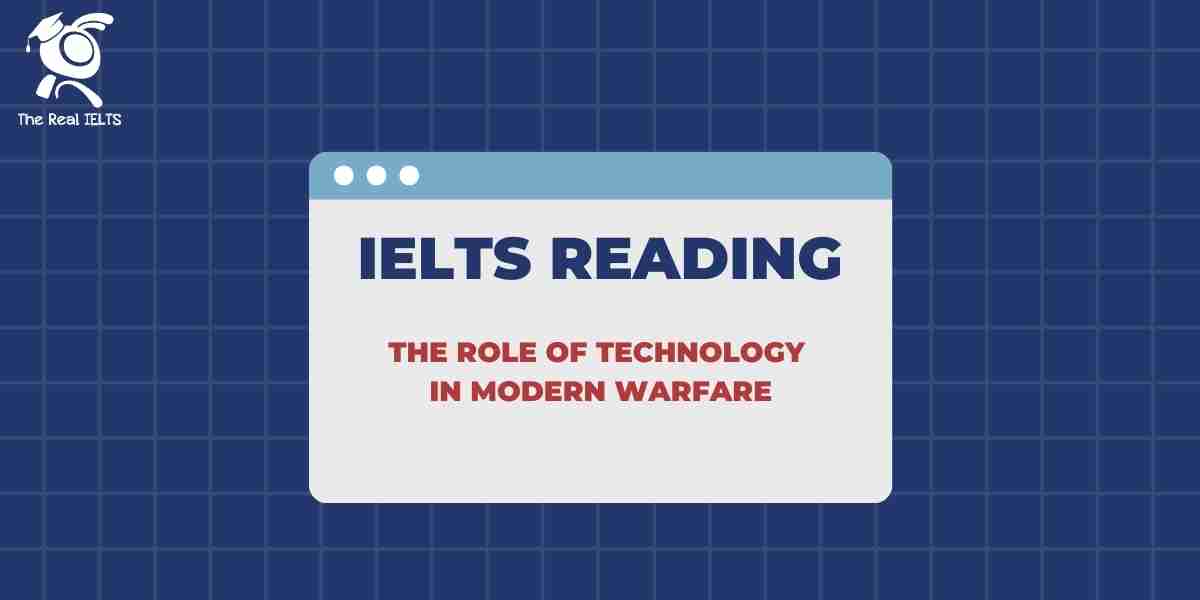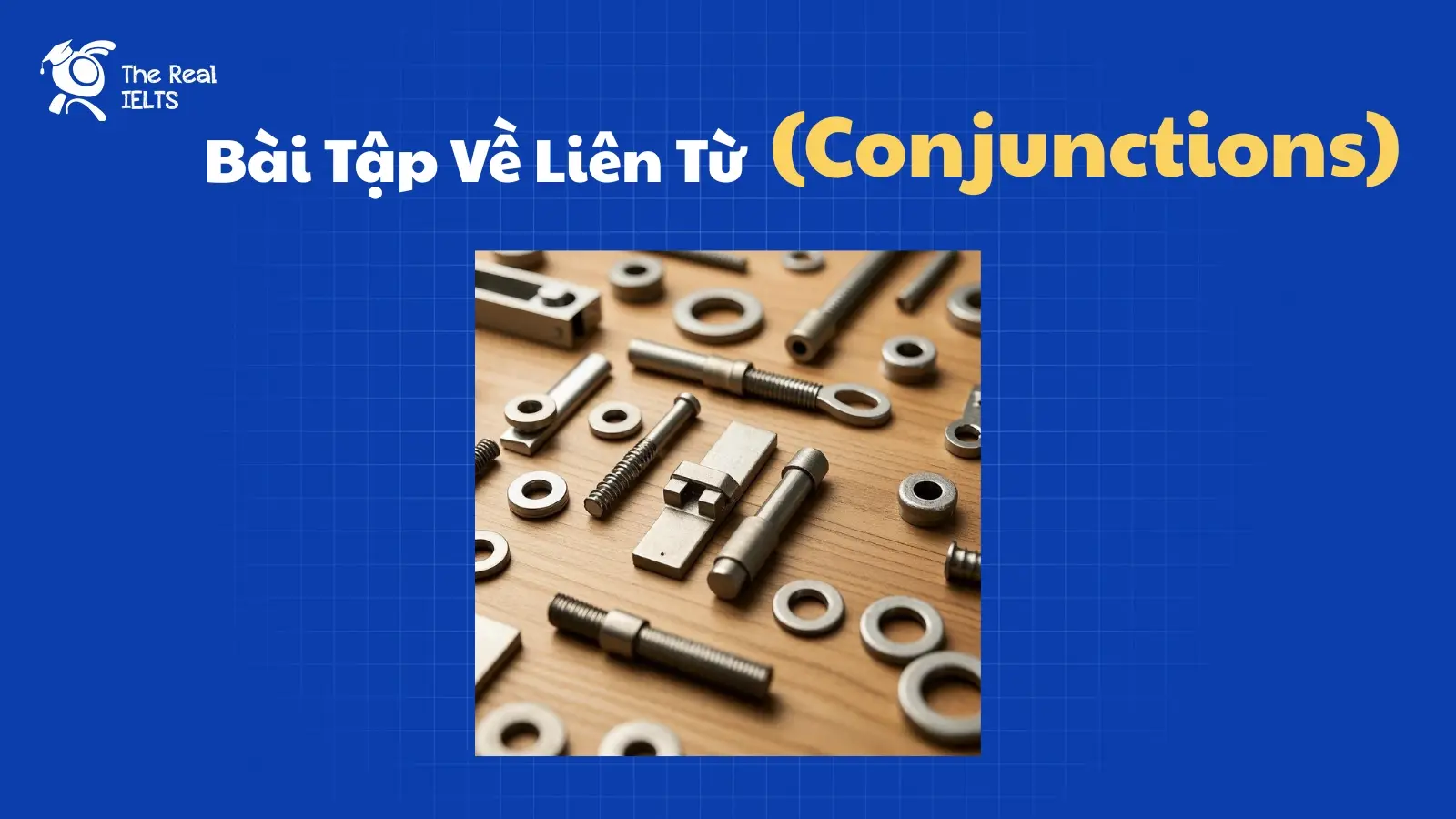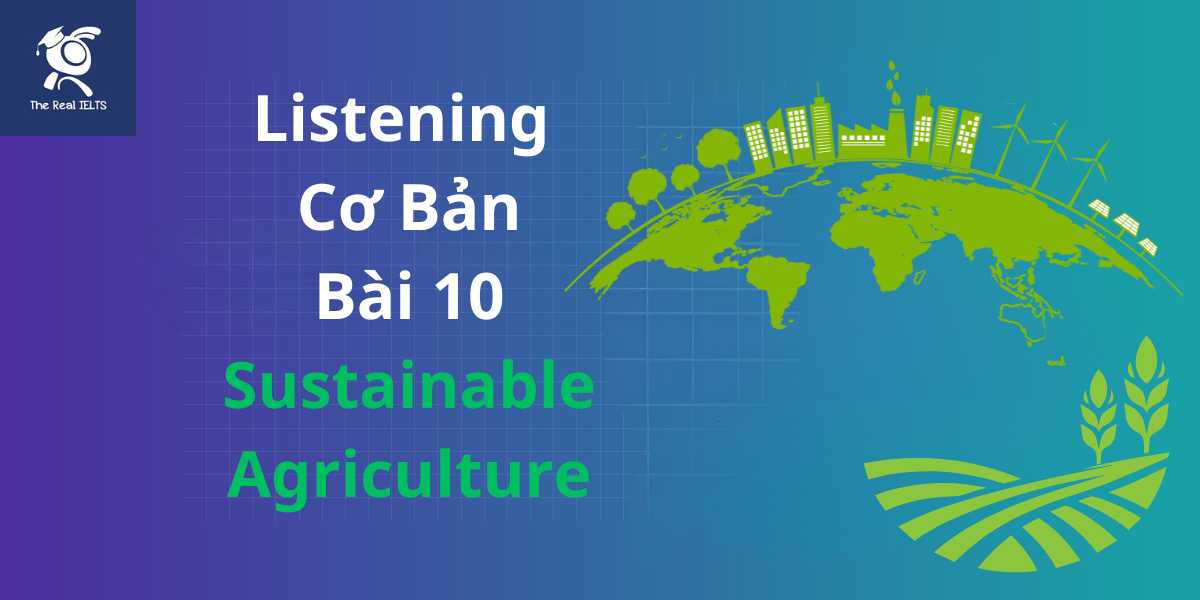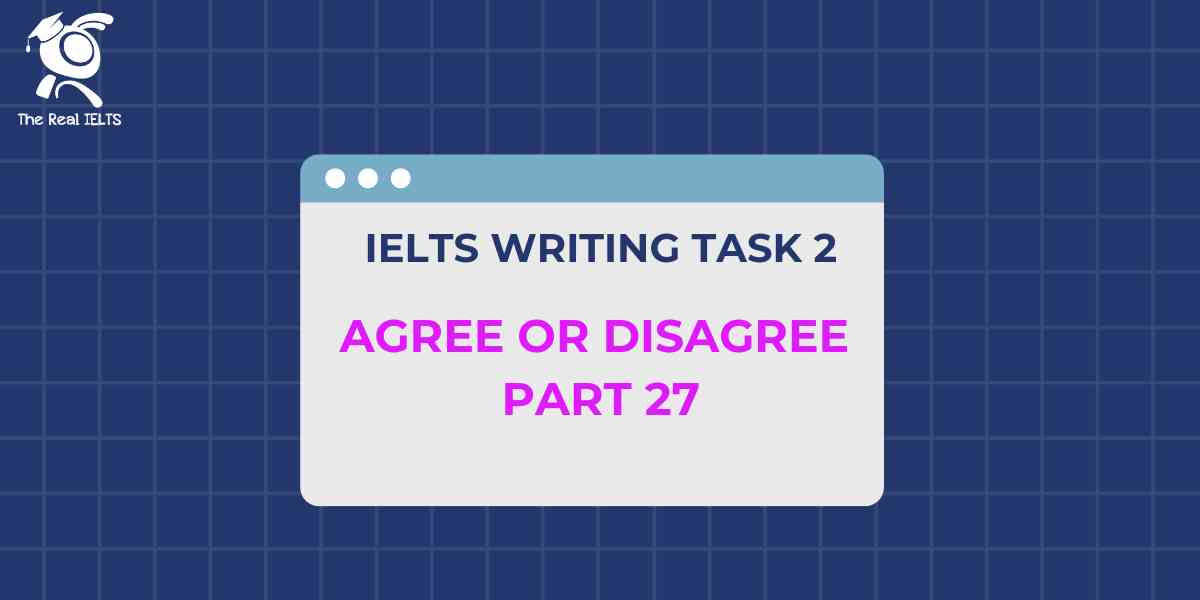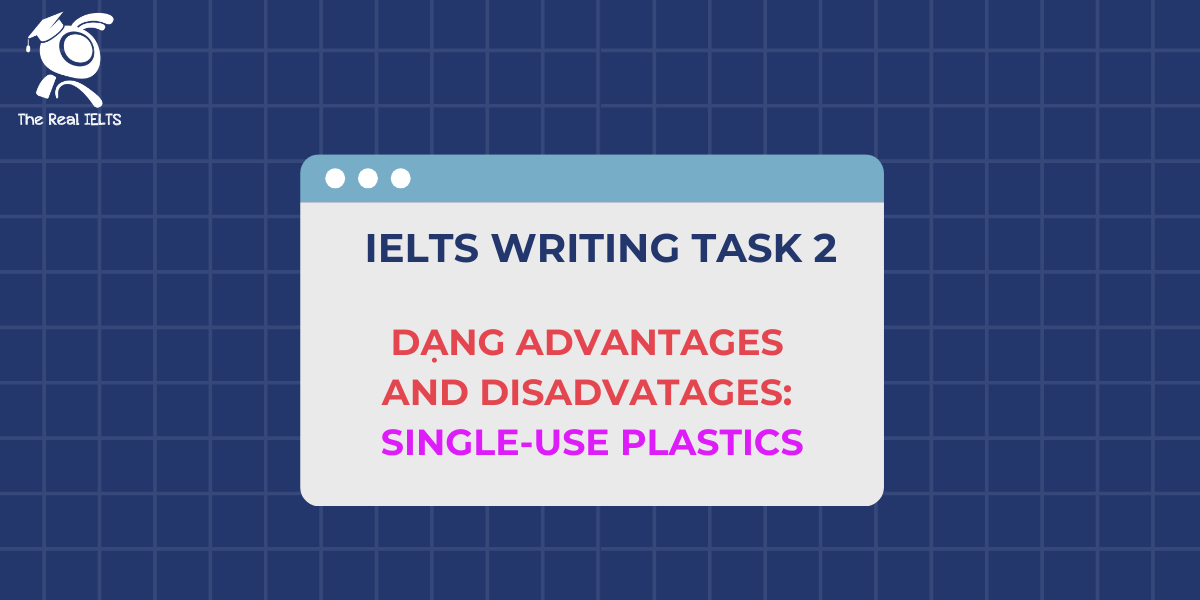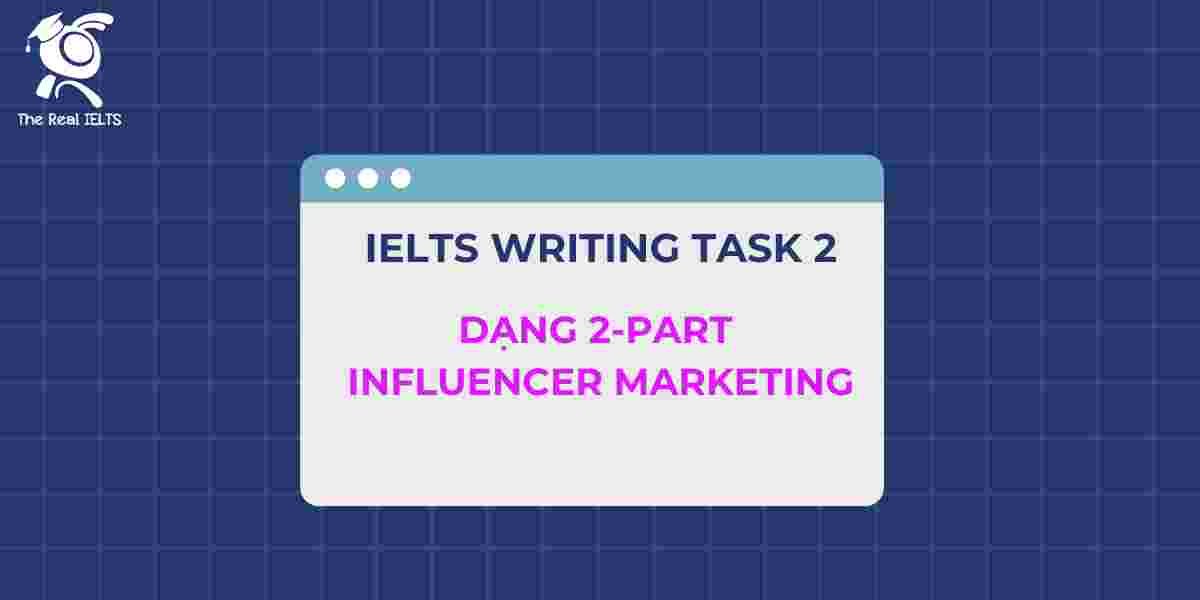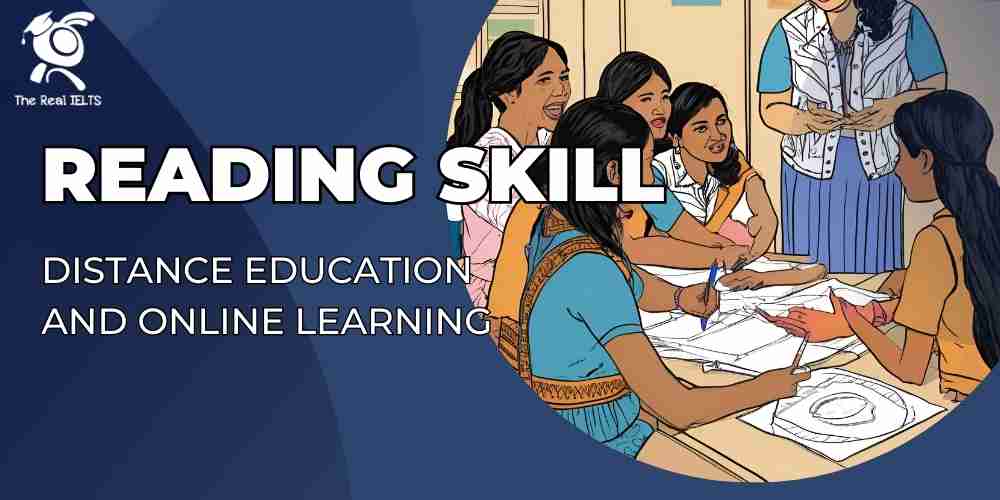Đề thi IELTS Reading có tiêu đề “The Role of Technology in Modern Warfare”
Nhớ đọc thêm các bài luyện thi IELTS nhé.
IELTS Reading:”The Role of Technology in Modern Warfare“
The Role of Technology in Modern Warfare
In the last few decades, the evolution of technology has significantly transformed various aspects of modern life, and warfare is no exception. From advanced communication systems to precision-guided weapons, technology now plays a critical role in determining the outcome of conflicts. This shift has not only altered how wars are fought but also how they are planned, managed, and concluded. As a result, modern warfare is increasingly shaped by innovations in military technology, with far-reaching implications for strategy, national security, and international relations.
One of the most profound changes technology has brought to modern warfare is the rise of unmanned systems. Drones, or unmanned aerial vehicles (UAVs), have revolutionized military operations by providing real-time intelligence, surveillance, and reconnaissance (ISR) capabilities. These systems allow military forces to monitor enemy movements, identify potential threats, and conduct precise strikes without putting human lives at risk. The development of autonomous and semi-autonomous drones has further expanded their use in both offensive and defensive operations. This shift towards automation and unmanned systems represents a significant departure from traditional forms of warfare, where human soldiers were directly involved in combat.
In addition to drones, advancements in cyber warfare have emerged as a crucial aspect of modern conflicts. Unlike conventional warfare, where battles are fought on physical terrain, cyber warfare takes place in the digital realm. It involves the use of computer networks to disrupt, damage, or destroy an enemy’s information systems, communications infrastructure, or critical assets. Cyberattacks can cripple a nation’s economy, disable military installations, and compromise sensitive intelligence data. The increasing reliance on digital systems and networks for military operations has made cybersecurity a top priority for nations around the world. As a result, modern armies now employ specialized cyber units that focus on both defensive and offensive cyber capabilities.
Another area where technology has significantly influenced modern warfare is in the development of precision-guided munitions (PGMs). These weapons, such as smart bombs and guided missiles, are designed to strike specific targets with pinpoint accuracy, minimizing collateral damage and reducing civilian casualties. PGMs rely on sophisticated guidance systems, including satellite-based navigation and laser targeting, to hit their objectives with remarkable precision. The use of these weapons has fundamentally changed the nature of airstrikes and artillery attacks, allowing militaries to achieve their goals with fewer resources and a lower risk of unintended consequences.
Moreover, the integration of artificial intelligence (AI) in military systems is becoming increasingly prominent. AI-driven technologies, such as autonomous vehicles, robotic soldiers, and decision-support systems, are reshaping how modern warfare is conducted. These systems can process vast amounts of data at unprecedented speeds, enabling commanders to make more informed decisions in real-time. AI can also enhance battlefield awareness by analyzing intelligence from multiple sources and identifying patterns that human operators might miss. While AI offers numerous advantages, its deployment in warfare raises ethical concerns, particularly regarding the potential for autonomous systems to make life-and-death decisions without human intervention.
In modern warfare, space technology has also become a key factor. Satellites are indispensable tools for communication, navigation, and intelligence gathering. Military satellites provide secure and reliable communication channels, enabling forces to coordinate operations across vast distances. Furthermore, they offer geospatial intelligence that is critical for tracking enemy movements, monitoring missile launches, and assessing battlefield conditions. The militarization of space is a growing concern, as nations increasingly view space as a strategic domain for both defense and offense. Countries like the United States, China, and Russia are investing heavily in space-based technologies, raising the possibility of future conflicts extending beyond Earth’s atmosphere.
The role of technology in modern warfare is not without its challenges. As technology evolves, so too do the methods of warfare, making it difficult for nations to maintain a technological edge over their adversaries. The rapid pace of technological innovation means that weapons systems and military strategies can quickly become obsolete. Additionally, the widespread availability of certain technologies, such as drones and cyber tools, has blurred the line between state and non-state actors in conflicts. Terrorist organizations and insurgent groups have increasingly adopted these technologies, complicating traditional notions of warfare and security.
Furthermore, the reliance on technology in warfare can introduce vulnerabilities. For example, the increasing dependence on digital networks and communication systems makes militaries susceptible to cyberattacks. A successful cyberattack on a nation’s critical infrastructure could disrupt its ability to wage war, compromising everything from logistics and supply chains to command and control systems. Similarly, the use of autonomous systems in combat raises concerns about the potential for malfunctions, hacking, or unintended consequences, which could lead to catastrophic outcomes on the battlefield.
In conclusion, the role of technology in modern warfare is undeniable. From unmanned drones and cyber warfare to precision-guided munitions and AI, technological innovations have transformed how wars are fought and won. These advancements have enhanced military capabilities, improved battlefield efficiency, and reduced human casualties. However, they also present new challenges, such as the need for constant adaptation, the risk of cyber vulnerabilities, and ethical concerns surrounding autonomous systems. As technology continues to evolve, so too will the nature of warfare, with profound implications for global security and the future of conflict.
Đề bài thi IELTS Reading
1. Multiple Choice (Trắc nghiệm)
Chọn đáp án đúng nhất (A, B, C, D) cho các câu hỏi sau:
- Which of the following is a key change that technology has brought to modern warfare?
- A. Increased use of tanks
- B. Introduction of unmanned systems
- C. Emphasis on naval combat
- D. Elimination of ground troops
- What is the main benefit of drones in modern warfare?
- A. Reducing the cost of military operations
- B. Allowing precise strikes without risking human lives
- C. Increasing the number of soldiers on the battlefield
- D. Enhancing military intelligence
- What is a major concern regarding the use of artificial intelligence (AI) in warfare?
- A. AI cannot make decisions without human intervention
- B. AI may fail to process real-time data
- C. AI systems can make life-and-death decisions autonomously
- D. AI lacks the capability to analyze intelligence
- What does cyber warfare primarily target?
- A. Physical military bases
- B. Enemy troops
- C. Digital and information systems
- D. Satellite communications
- The use of precision-guided munitions primarily aims to:
- A. Increase military spending
- B. Strike specific targets with accuracy
- C. Cause maximum destruction
- D. Enhance space exploration
2. True/False/Not Given
- Drones are the only technological advancement mentioned in the passage.
- True / False / Not Given
- Cyberattacks can target a nation’s economy as well as military infrastructure.
- True / False / Not Given
- The text mentions that every nation has a dedicated cyber unit for offensive and defensive operations.
- True / False / Not Given
- Artificial intelligence is not widely used in military decision-making.
- True / False / Not Given
- Space technology is expected to play a diminishing role in future warfare.
- True / False / Not Given
3. Yes/No/Not Given
- The author believes that unmanned systems represent a revolution in military tactics.
- Yes / No / Not Given
- The author suggests that AI will completely replace human decision-makers in warfare.
- Yes / No / Not Given
- The passage implies that the rapid evolution of technology is a challenge for military forces.
- Yes / No / Not Given
- The author suggests that space will be a peaceful domain in future warfare.
- Yes / No / Not Given
- The author supports the use of AI-driven systems in all aspects of modern warfare.
- Yes / No / Not Given
4. Matching Information (Nối thông tin)
Nối các đoạn văn với các thông tin dưới đây:
- A discussion of unmanned aerial vehicles and their use.
- A focus on cyber warfare and its impact on military operations.
- The role of AI in military decision-making.
- A concern about space technology and its future role in conflicts.
- The importance of precision-guided weapons in reducing collateral damage.
A. Paragraph 1
B. Paragraph 2
C. Paragraph 3
D. Paragraph 4
E. Paragraph 5
5. Matching Headings (Nối tiêu đề với đoạn văn)
Chọn tiêu đề thích hợp cho mỗi đoạn văn từ danh sách dưới đây:
- The rise of cyber warfare
- Precision and accuracy in modern weaponry
- The ethical dilemma of using AI in warfare
- The increasing importance of space technology
- Automation in warfare: A new era
A. Paragraph 1
B. Paragraph 2
C. Paragraph 3
D. Paragraph 4
E. Paragraph 5
6. Matching Features (Nối đặc điểm)
Nối các đặc điểm với công nghệ tương ứng trong đoạn văn:
- Reduces civilian casualties.
- Used for surveillance and intelligence gathering.
- May function without human intervention.
- Involves attacks on information systems.
- Crucial for secure military communication.
A. Cyber warfare
B. Drones
C. AI
D. Space technology
E. Precision-guided munitions
7. Matching Sentence Endings (Nối phần kết câu)
Nối nửa đầu câu với phần kết tương ứng:
- Drones allow military forces to…
- Cyber warfare can disrupt a nation’s…
- Precision-guided munitions are designed to…
- Artificial intelligence in warfare raises concerns about…
- The increasing reliance on space technology has led nations to…
A. achieve goals with fewer resources.
B. view space as a strategic domain.
C. conduct surveillance without risking human lives.
D. make autonomous decisions without human oversight.
E. cripple communications and infrastructure.
8. Sentence Completion (Hoàn thành câu)
Hoàn thành các câu sau bằng cách điền từ hoặc cụm từ thích hợp:
- Drones are commonly used in military operations for __________.
- Precision-guided munitions help minimize __________ in conflict zones.
- AI technologies can assist commanders by processing __________ in real-time.
- Space technology is crucial for both military communication and __________.
- Cyber warfare operates primarily in the __________ realm, targeting information systems.
Đáp án bài thi IELTS Reading
1. Multiple Choice (Trắc nghiệm)
- B. Introduction of unmanned systems
- B. Allowing precise strikes without risking human lives
- C. AI systems can make life-and-death decisions autonomously
- C. Digital and information systems
- B. Strike specific targets with accuracy
2. True/False/Not Given
- False
- True
- Not Given
- False
- False
3. Yes/No/Not Given
- Yes
- No
- Yes
- No
- Not Given
4. Matching Information (Nối thông tin)
- B. Paragraph 2 (A discussion of unmanned aerial vehicles and their use)
- C. Paragraph 3 (A focus on cyber warfare and its impact on military operations)
- D. Paragraph 4 (The role of AI in military decision-making)
- E. Paragraph 5 (A concern about space technology and its future role in conflicts)
- A. Paragraph 1 (The importance of precision-guided weapons in reducing collateral damage)
5. Matching Headings (Nối tiêu đề với đoạn văn)
- C. Paragraph 3 (The rise of cyber warfare)
- A. Paragraph 1 (Precision and accuracy in modern weaponry)
- D. Paragraph 4 (The ethical dilemma of using AI in warfare)
- E. Paragraph 5 (The increasing importance of space technology)
- B. Paragraph 2 (Automation in warfare: A new era)
6. Matching Features (Nối đặc điểm)
- E. Precision-guided munitions
- B. Drones
- C. AI
- A. Cyber warfare
- D. Space technology
7. Matching Sentence Endings (Nối phần kết câu)
- C. conduct surveillance without risking human lives.
- E. cripple communications and infrastructure.
- A. achieve goals with fewer resources.
- D. make autonomous decisions without human oversight.
- B. view space as a strategic domain.
8. Sentence Completion (Hoàn thành câu)
- surveillance
- collateral damage
- data
- intelligence gathering
- digital
Luyện tập bài khác ở bài viết:”100 bài luyện IELTS Reading 2024 – 2025“


